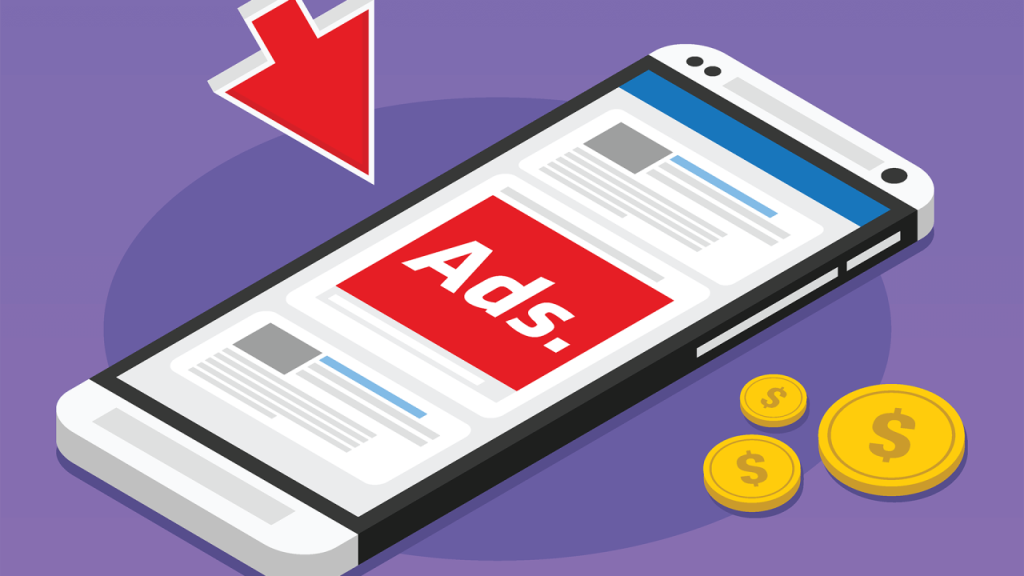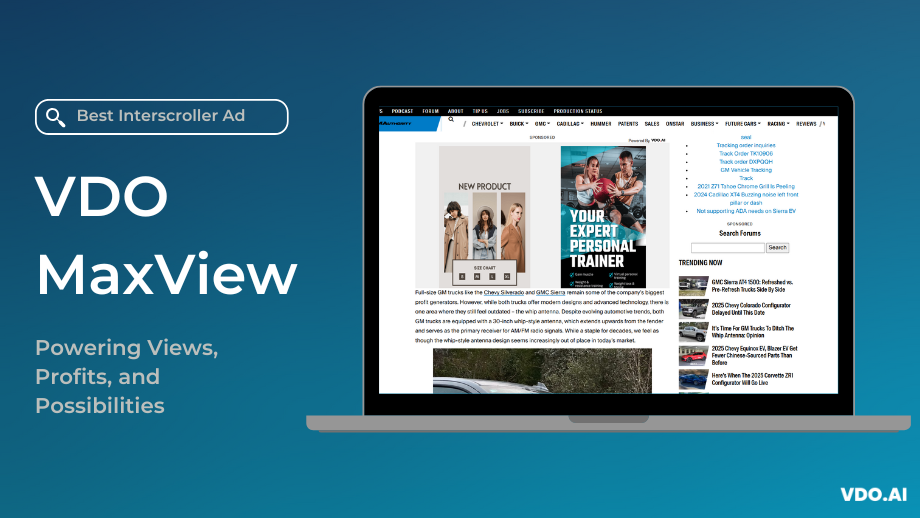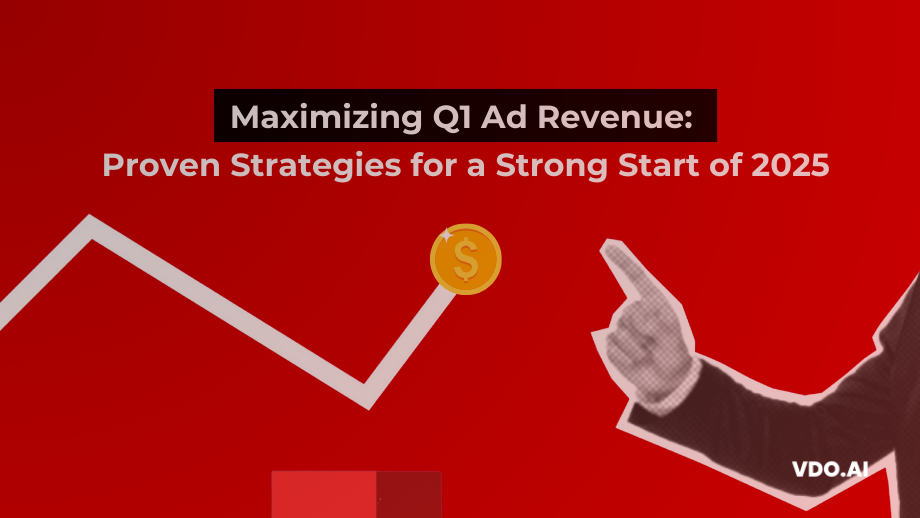Demand Path Optimization: Navigating and Evolving the DSP Dynamics
Reading Time: 4 minutesDemand Path Optimization or DPO is a process that helps publishers to analyze the path advertisers and agencies are taking to buy their inventories. Since transparency in the bidding process is quite challenging in AdTech, optimization is a necessity. The programmatic ad world revolves around first-price auctions, and within an auction, the buyer wants as many sellers as possible. Owing to that, the supply leads have an abundance of options, which drives down prices and creates auction duplication.
The only solution to this is to optimize everything. It is a rallying cry of e-marketers all across the world to curate a direct, efficient, and trusted path to publishers’ inventory. While the selling side has already embraced Supply Path Optimization (SPO), we are going to discuss how publishers are relying on DPO.
A Brief Idea on Demand Path Optimization
With the advent of slot bidding, more than one ad exchange is placing the same bid request. It causes the DSPs to see multiple bidding opportunities for the same available impressions. This turns out to be problematic, as less than 50% of the total dollar spent goes to the publishers. In a few cases, SSPs end up placing resell requests to one another, causing two middle vendors to become involved in the process and compound the sell-side fees. The revenue of the publishers remains nominal.
In such cases, demand path optimization can evaluate and improve the process of buying ad spaces. There are four steps through which DSP works: data gathering, analysis, planning, and execution. Since the primary goal of DPO is to bring transparency to the supply chain, IAB has released Buyer.JSON specifications to identify the authentic buyers in the bidding process.
With the help of DPO, publishers analyze the advertisers and ad agencies who are going to purchase their inventory. This tool provides publishers with valuable insights into the supply chain with accurate data. The right optimization helps them to increase ad revenue, reduce the adtech fees, and, improve user experience on their website.
How do Publishers Practice Demand Path Optimization?
After conducting demand path optimization, publishers can consolidate the number of advertisers and AdTech companies they deal with. This means that they can analyze the transaction costs, considering the overall offers presented to them. The publishers can understand the authenticity of the purchasing path, and whether the SSPs are able to reach out to their desired inventory. In DPO, analysis is an integral part of the whole process, followed by strategy development and execution.
For analysis, collecting data is mandatory; so, the first step involves gathering data on the buyers who showed interest in buying the ad inventory. The data includes ad quality, win rates, clearing prices, payment terms, credit rating, and response time. In the following evaluation process publishers focus on who are the best buyers, how many times they have won the bids, which buyers are paying bills on time, how quickly they are responding to the bid, and what kind of ad they will be running.
DPO suggests the publishers maintain a liaison with the advertisers. It will give the publishers a clear idea about their preferences. Once the data is gathered, publishers can strategize the demand path optimization plan and execute it at the right time.
Benefits of Demand Path Optimization
DPO comes under the umbrella of ad path optimization (APO) and it is a sister concept of supply path optimization curated for the publishers. So let’s discuss the benefits of it.
- DPO enables publishers to clear the path for the advertisers which makes the inventory accessible.
- Since the inventory is easily accessible, the transaction becomes conscious and transparent.
- As soon as the process gets transparent publishers will see a steady growth of revenue.
- The publishers are able to detect and terminate suspicious suppliers from the channel.
- With DPO, publishers are able to choose an effective buying path for the ad inventory.
- More importantly, publishers can highlight which advertisers display low-quality ads that slow down the website.
Even though DPO is curated to make slot bidding easy for the publishers, it can throw a couple of challenges in the way. Firstly, sorting out the data is not an easy task as it takes a significant amount of time. Secondly, the data collected for DPO is in a different format causing the publishers to analyze the data individually. After that, they have to transform it into a common format that will help in analysis.
Conclusion
It is evident that the demand path optimization process is set to bring down the CPMs and vendor fees. Also, the cost reduction that was realized by DPO will increase the effectiveness of slot bidding over time. In that case, VDO.AI’s publishers’ partners suggest the SSP choose exclusive ad networks to keep the bidding process crisp and transparent. We provide publishers with lucrative monetization strategies. Contact us here to fuel your performance and revenue goals.





